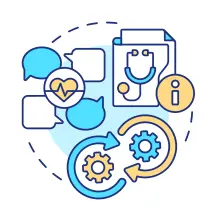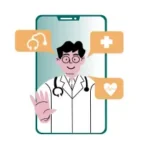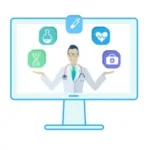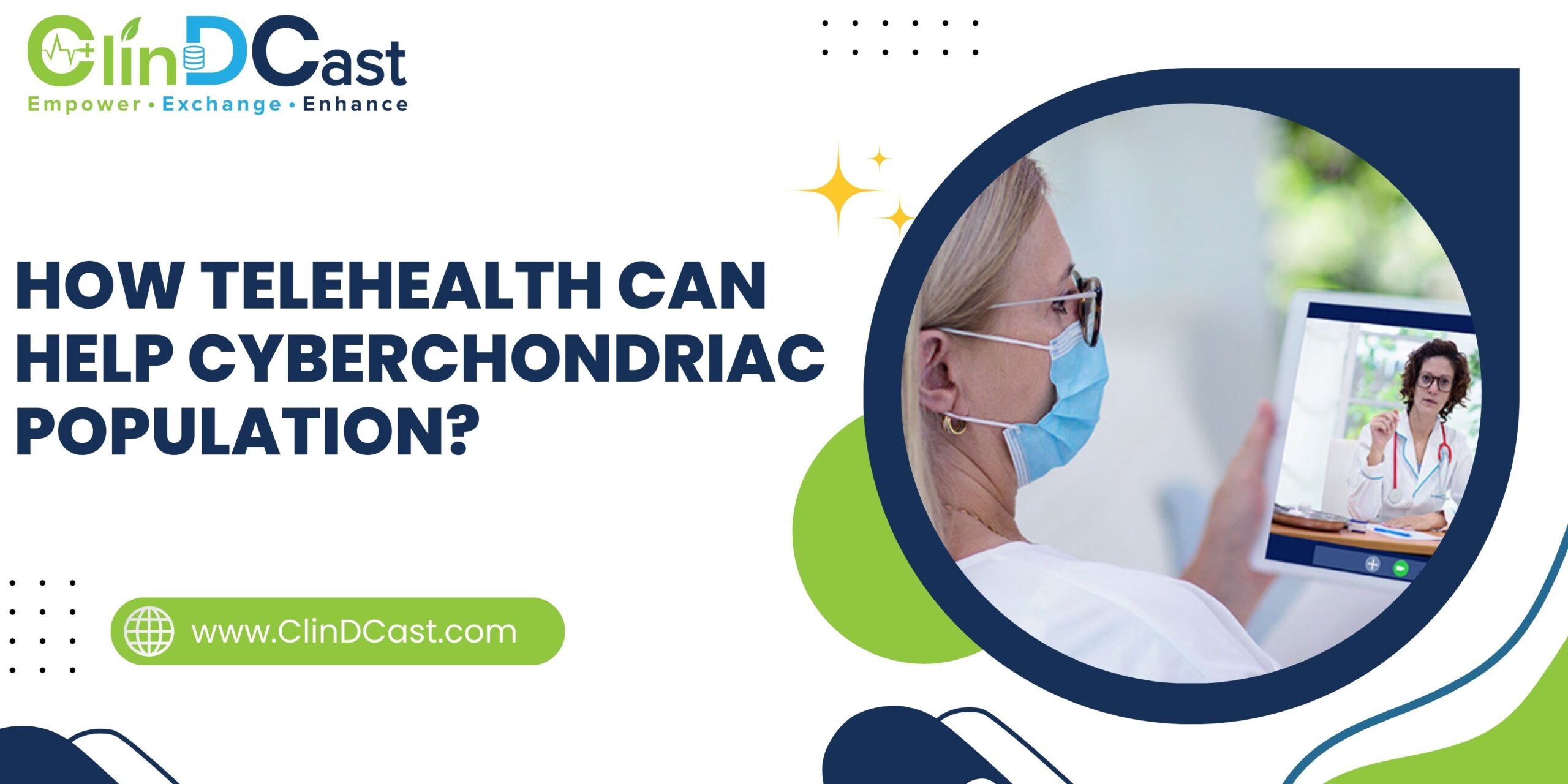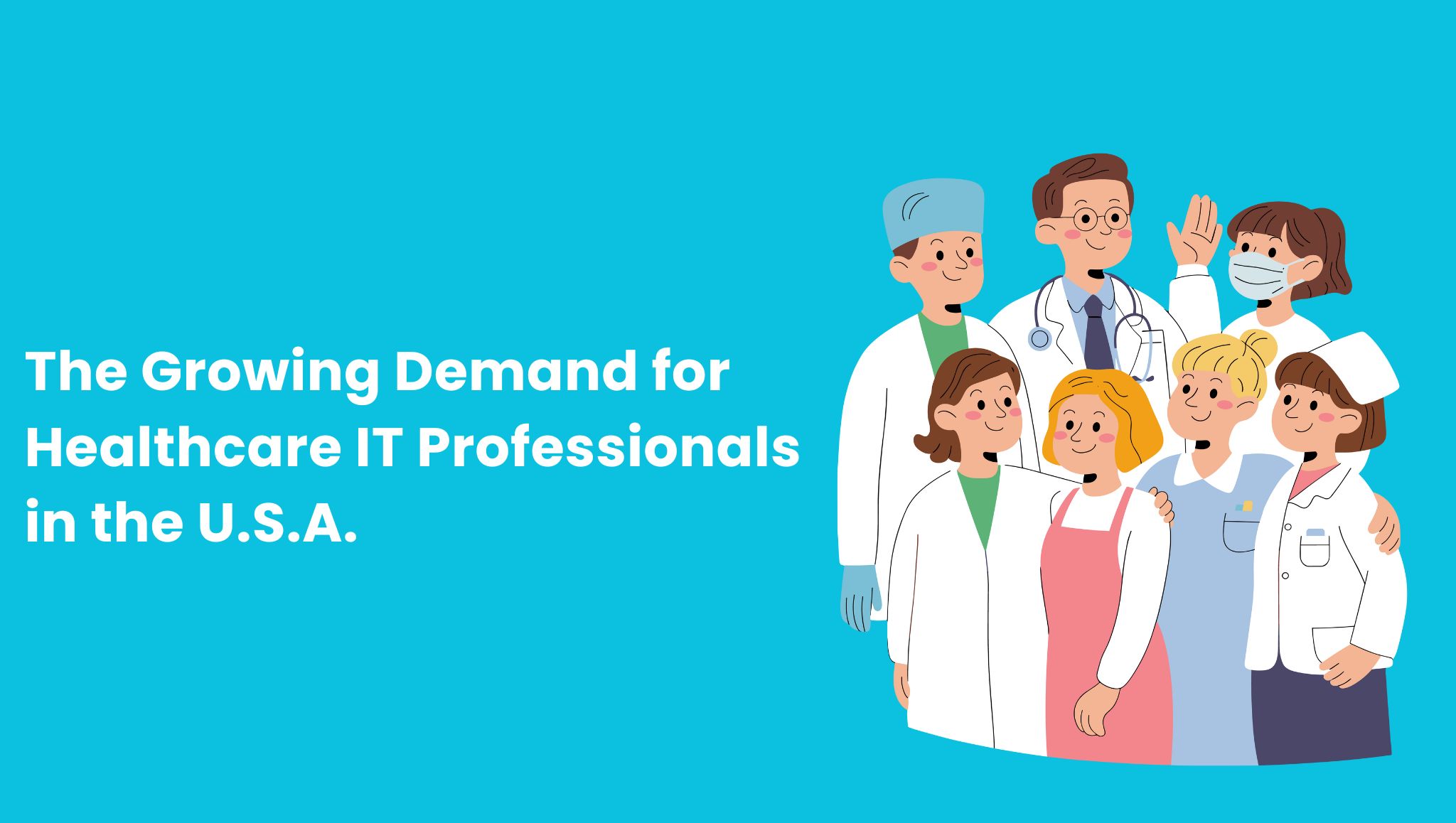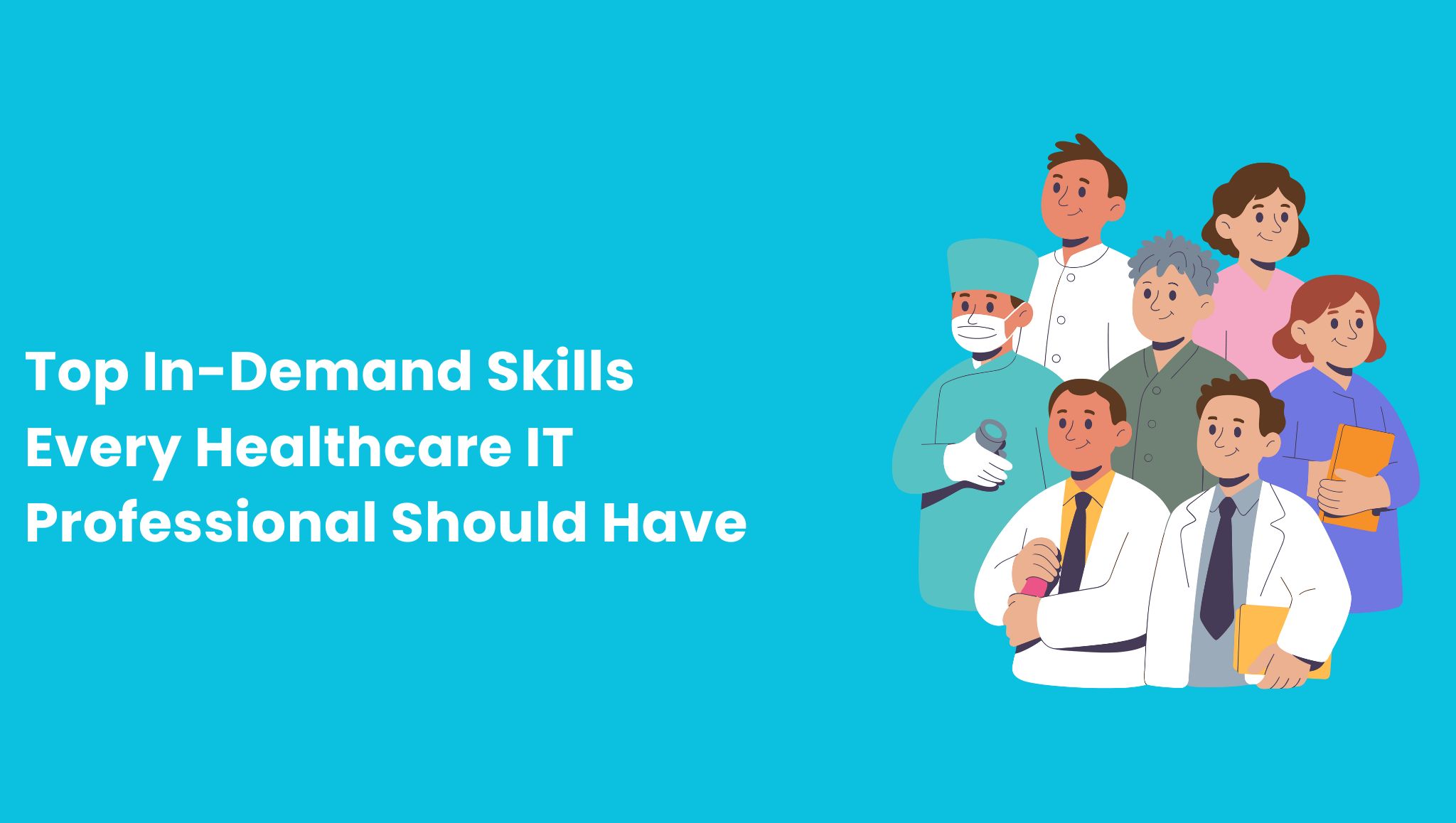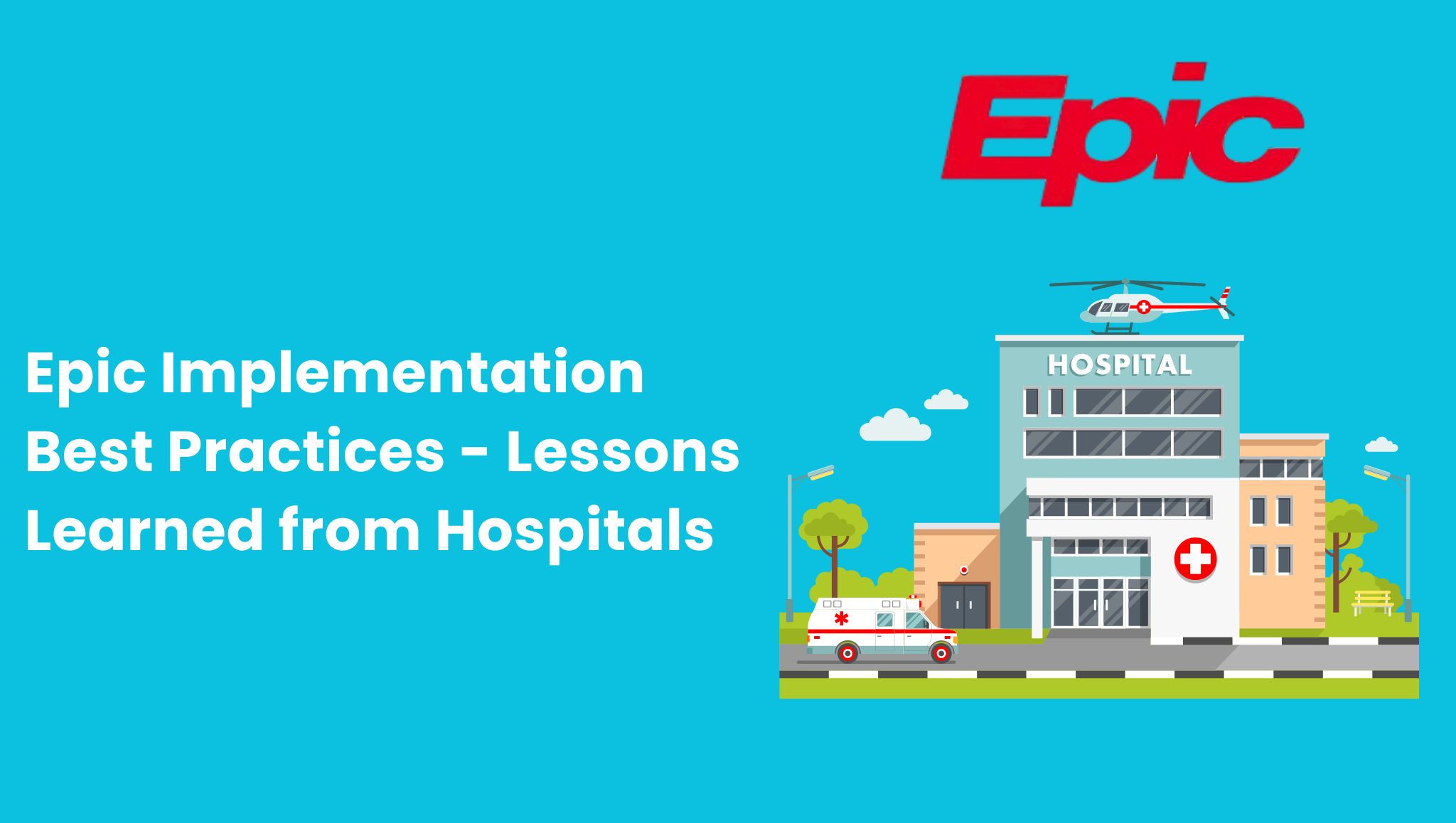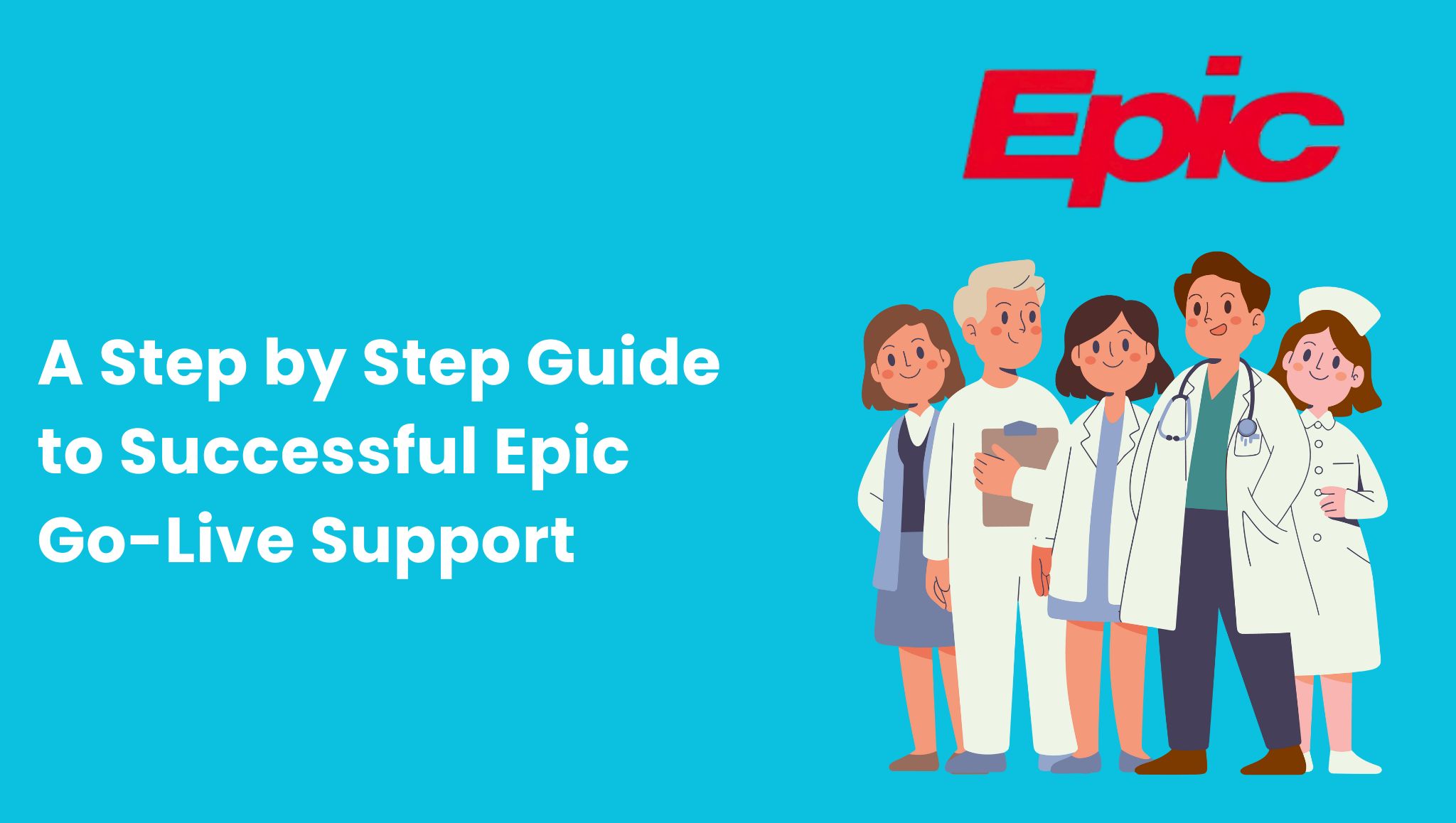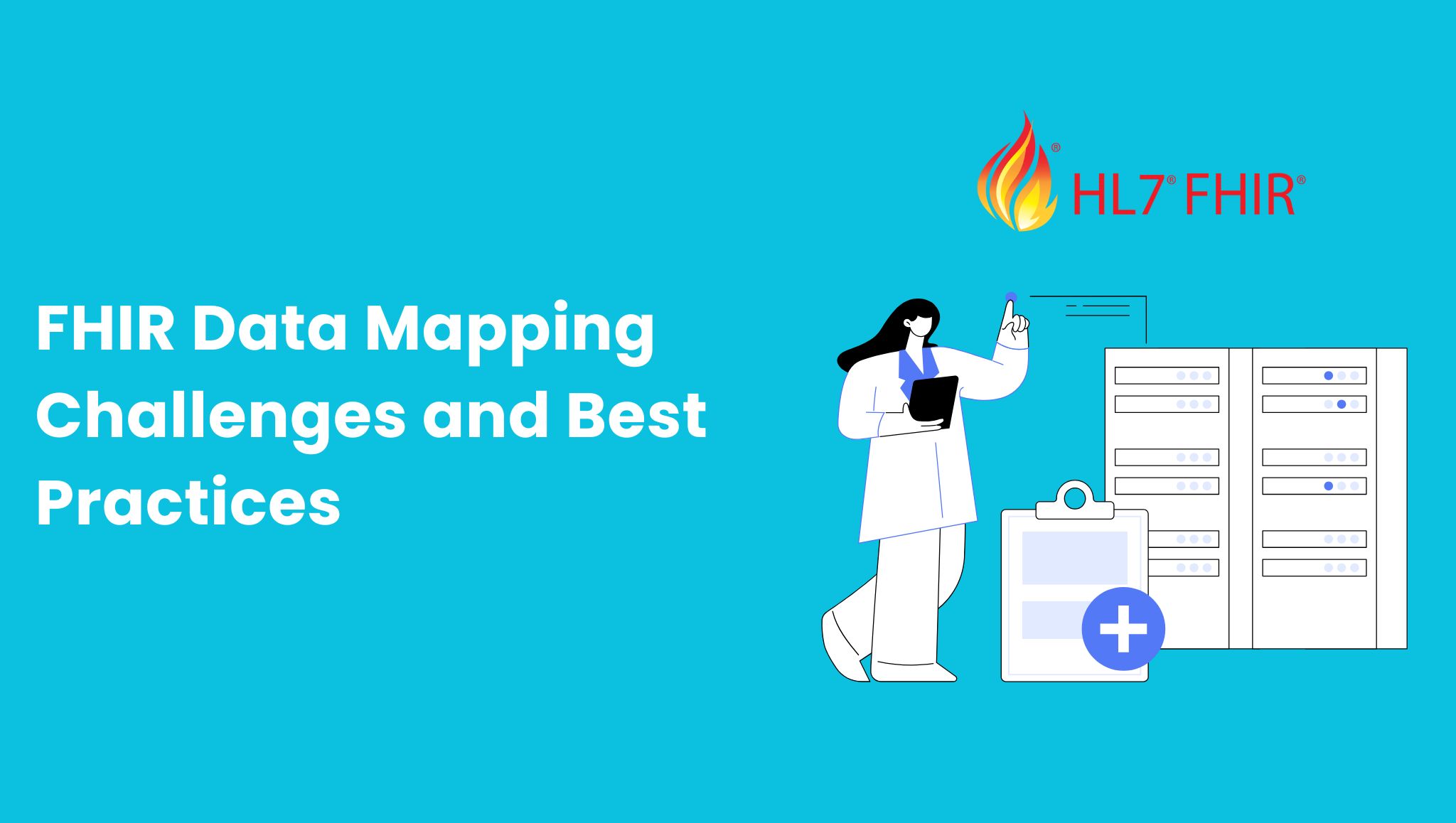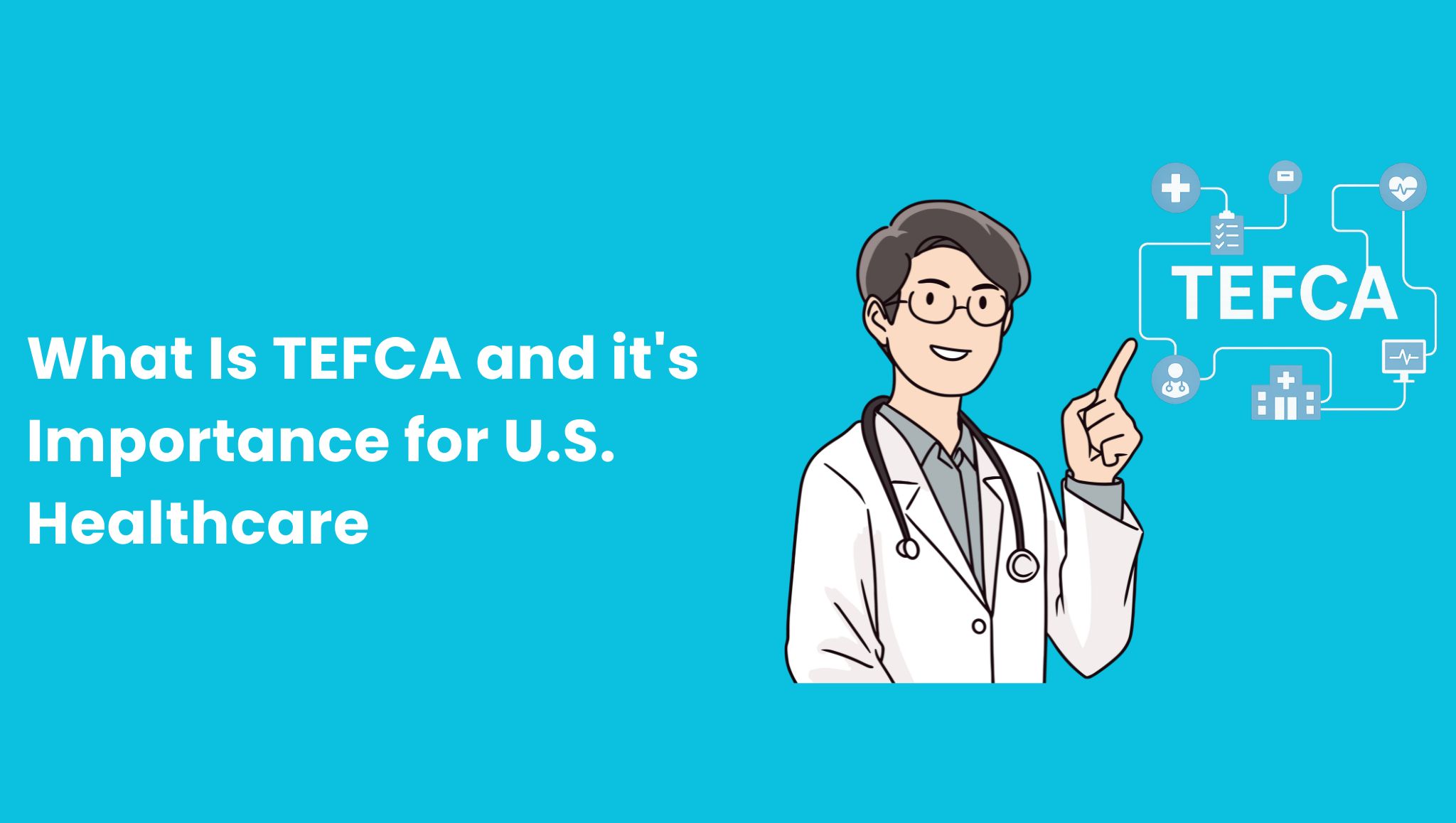
The U.S. healthcare system has long struggled with a major issue—fragmented health data exchange. Hospitals, clinics, insurers, and public health agencies often operate in isolation, which makes it challenging to access complete patient information when it’s needed most. To address this problem, the Trusted Exchange Framework and Common Agreement (TEFCA) was created.
Understanding What Is TEFCA and its Importance for U.S. Healthcare is key to addressing interoperability gaps TEFCA creates a unified framework that builds trust, ensures standardization, and enables secure data sharing across the healthcare ecosystem moving the industry closer to a fully connected, patient-centered system.
What Is TEFCA?
TEFCA was developed under the 21st Century Cures Act and is managed by the Office of the National Coordinator for Health Information Technology (ONC) in partnership with its Recognized Coordinating Entity (RCE), The Sequoia Project.
It has two main components:
a) Trusted Exchange Framework (TEF):
A framework built on guiding principles that emphasize trust, security, transparency, equity, and interoperability across health information networks.
b) Common Agreement (CA):
A legal and operational framework that outlines governance, technical standards, and data exchange rules that every participant is required to follow.
Together, TEF and CA form TEFCA, a unified approach that allows healthcare organizations to securely share data nationwide.
Why TEFCA Matters in U.S. Healthcare
1. Solves Fragmentation in Health Data Exchange
Before TEFCA, interoperability was inconsistent and often restricted to certain networks or individual EHR systems. With TEFCA, different health information networks can connect seamlessly, paving the way for true nationwide interoperability in healthcare.
2. Simplifies Connectivity for Providers
By becoming part of a Qualified Health Information Network (QHIN), providers, payers, and agencies gain access to a standardized way of exchanging health data—eliminating the need for multiple contracts or complex custom integrations.
3. Supports Key Use Cases
TEFCA enables multiple data exchange purposes critical to healthcare operations:
a) Treatment coordination
b) Payment and claims management
c) Healthcare operations
d) Public health reporting
e) Government benefits determination
f) Patient access to their own health records
4. Empowers Small Clinics and Rural Providers
Smaller healthcare organizations are given equal access to nationwide data, helping improve patient care and reducing delays that stem from incomplete medical records.
5. Strengthens Public Health Systems
With improved access to real-time health data, public health agencies can more effectively track outbreaks, monitor immunizations, and plan timely emergency responses.
6. Reduces Costs and Administrative Burden
The standardized rules under TEFCA remove the need for numerous one-off agreements and costly system integrations, ultimately saving both time and money.
7. Future-Proof Healthcare Interoperability
TEFCA is built to evolve, adopting modern data standards such as FHIR (Fast Healthcare Interoperability Resources) while supporting digital health innovation, AI-driven applications, and advanced analytics.
How TEFCA Works
a) Network of Networks Approach
TEFCA creates a “network of networks,” linking multiple QHINs that act as backbone hubs for data exchange.
b) Qualified Health Information Networks (QHINs)
QHINs are required to meet rigorous interoperability and security standards, acting as the backbone of nationwide health information exchange.
Participation Models
a) QHIN: The central exchange network.
b) Participant: Large entities like hospital systems, insurers, or government agencies that connect to a QHIN.
c) Subparticipant: Smaller organizations (such as clinics or providers) that connect through a participant.
d) Governance and Oversight: The Sequoia Project, serving as the RCE, is responsible for onboarding QHINs, updating policies, and ensuring compliance with federal interoperability standards.
Summary Table
| Feature | Details |
|---|---|
| Framework Components | TEF (principles) + Common Agreement (rules) |
| Key Players | ONC (oversight), Sequoia Project (RCE), QHINs |
| Participation Pathways | QHINs → Participants → Subparticipants |
| Main Benefits | Nationwide interoperability, reduced fragmentation, cost savings |
| Use Cases Supported | Treatment, operations, public health, benefits, patient access |
| Future-Proofing | Adoption of FHIR, AI, and advanced health data standards |
Frequently Asked Questions (FAQ)
1. Is TEFCA mandatory for healthcare organizations?
No, participation in TEFCA is voluntary. However, most healthcare organizations are likely to adopt it since it aligns with federal interoperability goals and offers major cost and efficiency benefits.
2. How does TEFCA benefit patients directly?
Patients benefit from easier access to their electronic health records (EHRs), improved care coordination among providers, and quicker, safer treatment supported by complete and accurate medical histories.
3. Will TEFCA replace health information exchanges (HIEs)?
No, TEFCA does not replace HIEs. Instead, it brings them together under a single national framework, allowing data to flow seamlessly across states and networks.
Conclusion
The Trusted Exchange Framework and Common Agreement (TEFCA) is a game-changer for U.S. healthcare interoperability. By setting clear rules, creating trust across networks, and ensuring secure patient data exchange, It improves care, lowers costs, and fuels future innovation. TEFCA turns the vision of a connected healthcare system where patients, providers, payers, and public health agencies can share information seamlessly into a reality.






